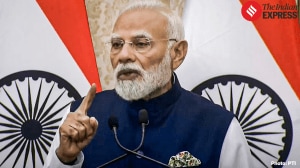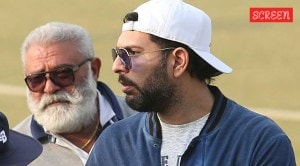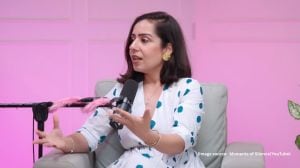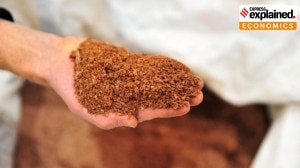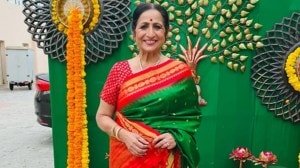Next year, Lyngdoh may not be Chief Minister
SHILLONG, MARCH 14: Having relied heavily on the political craftsmanship of B B Lyngdoh, the United Democratic Party (UDP) which with 20 leg...

SHILLONG, MARCH 14: Having relied heavily on the political craftsmanship of B B Lyngdoh, the United Democratic Party (UDP) which with 20 legislators is the biggest constituent in the United Parliamentary Forum (UPF) Government has acknowledged his manoeuvring skill in cobbling together disparate political groups by making him the Chief Minister.
But if political buzz within the UDP is to be believed, Lyngdoh will be in the top job for only a year, after which he will make way for UDP president and Assembly Speaker E K Mawlong.
UDP sources claimed that such a deal was struck between Lyngdoh and top party leaders immediately after it became clear that with just 20 legislators, the UDP had a daunting task of cobbling together a majority in the 60-member Meghalaya Assembly. With 25 legislators, the Congress at first glance was better placed to take a shot at forming a coalition Government.
After having sidelined Lyngdoh by denying him any official post when the UDP was formed by merging three regionalparties just before the elections, the party seems to have done a complete somersault by falling back on him. It obviously depended on him to enlist the support and loyalties of smaller groups and Independent legislators to reach the magic figure of 31. When Lyngdoh was given such powers, it is said that it was agreed between him and top UDP leaders that he would occupy the top post for one year and then step down and make way for Mawlong.
Being a past master at sewing together coalition governments, the 76-year old Lyngdoh lived up to his reputation, swelling the number of legislators to a wafer-thin majority of 31, enough to pull down the 12-day-old Congress government of S C Marak on March 10. Immediately after this he was elected leader of the UDP-led coalition, the UPF, and then the Chief Minister for one year. This sort of “seat-sharing” arrangement was first tried out in 1979 between Lyngdoh and the late William Sangma. It went off smoothly with Lyngdoh occupying the chair for the first two years,and Sangma after that.
However such an understanding was also believed to be the cause for the collapse of the P A Sangma government in 1990 and the Lyngdoh government in 1991.
In the first case, it was said that Sangma failed to make way for Lyngdoh with whose support he had formed a Congress-led coalition government. The second time Lyngdoh allegedly refused to vacate the hot seat for P R Kyndiah with whose assistance he had reportedly toppled the Sangma government.
The Indian Express contacted Mawlong to ascertain if such an agreement had been reached with Lyngdoh. Mawlong did not deny it outright and said no such issue had been discussed in his presence. But he said there was a general feeling in the UDP that he should take over the mantle of chief minister from Lyngdoh after some time.
Mawlong, however, said he would not ask Lyngdoh to step down and it was for the latter to vacate the post on his own. As for the chances of Lyngdoh reneging on the agreement, Mawlong felt that Lyngdoh wouldhonour the deal since he had made it with the UDP and not with an individual.





- 01
- 02
- 03
- 04
- 05








![Kadapa, [Andhra Pradesh], 27 May (ANI): Andhra Pradesh Chief Minister N Chandrababu Naidu and state Minister Nara Lokesh in conversation during the Telugu Desam Party's (TDP) annual three-day Mahanadu conclave, in Kadapa on Tuesday. (ANI Photo)](https://images.indianexpress.com/2025/05/tdp.jpg?w=300)
